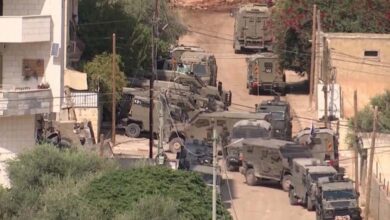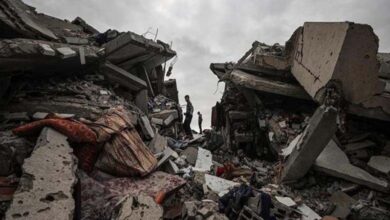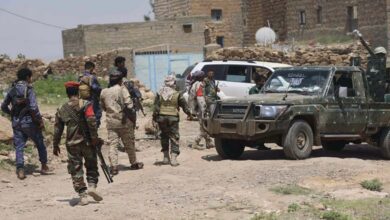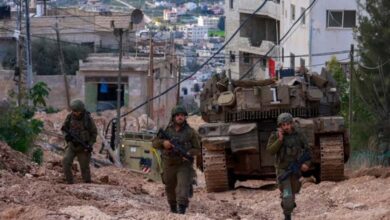The “Buried” Nightmare in Gaza: A “Tip of the Iceberg” Awaiting the End of the War
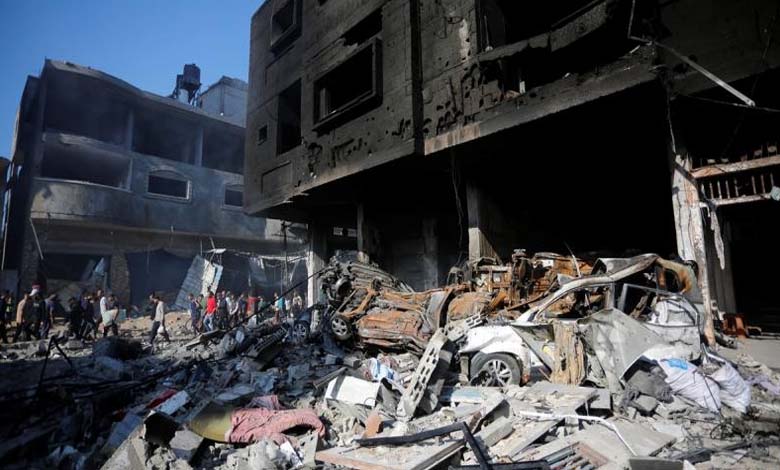
The war in Gaza does not only reflect its tragedy through the official death toll, but also through the nightmare that awaits the end of the conflict to be unearthed from beneath the rubble.
-
Disengagement from Gaza: Did Hezbollah accept in private what it publicly rejected?
-
In Memory of the “Flood”: The War in Gaza Returns to Its Initial State
During the first days of the war in Gaza, medical teams in all hospitals identified the name, gender, and ID number of each victim they received, and the Ministry of Health published a daily death toll by combining these figures.
However, the collapse of Gaza’s medical system after months of fighting has made counting the dead extremely difficult.
-
Rubble and Tombstones: “Unprecedented” Suffering in Gaza
-
One Year of War: Gaza, “The Largest Cemetery”
The latest report from the Ministry of Health indicates that around 6,000 bodies remain unidentified, and there are also those who have not been counted, having perished under the rubble or been buried with family members without being taken to a hospital or morgue.
Experts say the actual death toll could be much higher.
Survivors’ Stories
Among them is Abir Shebka, who was hosting her sister and mother for tea in her home in Gaza when an Israeli airstrike hit the area on December 6 of last year.
Abir says: “It felt like we were all underground… I heard my mother scream, but I didn’t know where she was, I saw Haya (her sister), she seemed to be asleep.”
-
Gaza Setback and the Success of Israeli Spies: An Analysis of Hezbollah Infiltration
-
By the numbers… A year of destruction in Gaza
Abir screamed until help arrived, and she was eventually pulled from the rubble, but her mother and sister remain missing under the debris.
Without their bodies or confirmation of their deaths, the family has been unable to register them with the Ministry of Health in Gaza, and they are still not counted among the conflict’s victims.
According to the “Washington Post”, the full picture may not emerge until after the war ends, allowing researchers, currently prevented by Israel from entering Gaza, to access the area and examine the situation.
-
“The Island”… What do we know about Israel’s latest plans for northern Gaza?
-
After new demands from Hamas and Israel’s intransigence… have the Gaza truce negotiations stalled?
Mike Spagat, a professor specializing in casualty numbers at the University of London, says, “Families are unable to register their dead for various reasons.”
He notes that “it is unclear how many bodies passed through hospitals without being recorded, or which relatives may have been unable to register deaths, in addition to families that were entirely killed with no one left to document the death.”
-
Washington Pushes for the Deployment of Peacekeeping Forces in Gaza Ceasefire Arrangements
-
In Gaza… medicine is a rare commodity… and polio is a looming threat
Open-Source Data
Since the war began on October 7, 2023, researchers at “Airwars,” a British monitoring organization that tracks civilian harm, have been combing through open-source materials to identify the dead from Israeli strikes.
The names are gathered from online posts, news reports, and, where possible, from the tags on body bags, then verified by cross-referencing them with Ministry of Health lists.
-
Gaza Negotiations: 7 Arduous Hours
-
Gaza War: How Did “Amazon” Contribute to the Precision of Israeli Airstrikes?
The organization identified nearly 3,000 deaths in the first 17 days of the war, and an analysis of “Airwars” data by the “Washington Post” found that over 30% of the deaths on the organization’s lists had not been recorded by the Ministry of Health.
On October 9, 2023, an airstrike on the Jabalia refugee camp killed Mohammed Nabil Saadat and his cousin Ismail, along with dozens of others.
Later, Mohammed’s name appeared on the Ministry of Health’s list, according to “Airwars,” but Ismail’s did not.
-
In Gaza: Bombing and Overcrowding, Two Faces of One Death
-
Hostage Operations: How Does Israel Gather Intelligence in Gaza?
“Airwars” also reported that seven members of the Al-Zuwaidi family were killed in the same attack, none of whom were included in the official statistics.
Regarding this issue, Emily Tripp, director of “Airwars,” commented that data from open-source information “can only provide a limited window,” adding, “What we have been able to gather was just the tip of the iceberg.”



